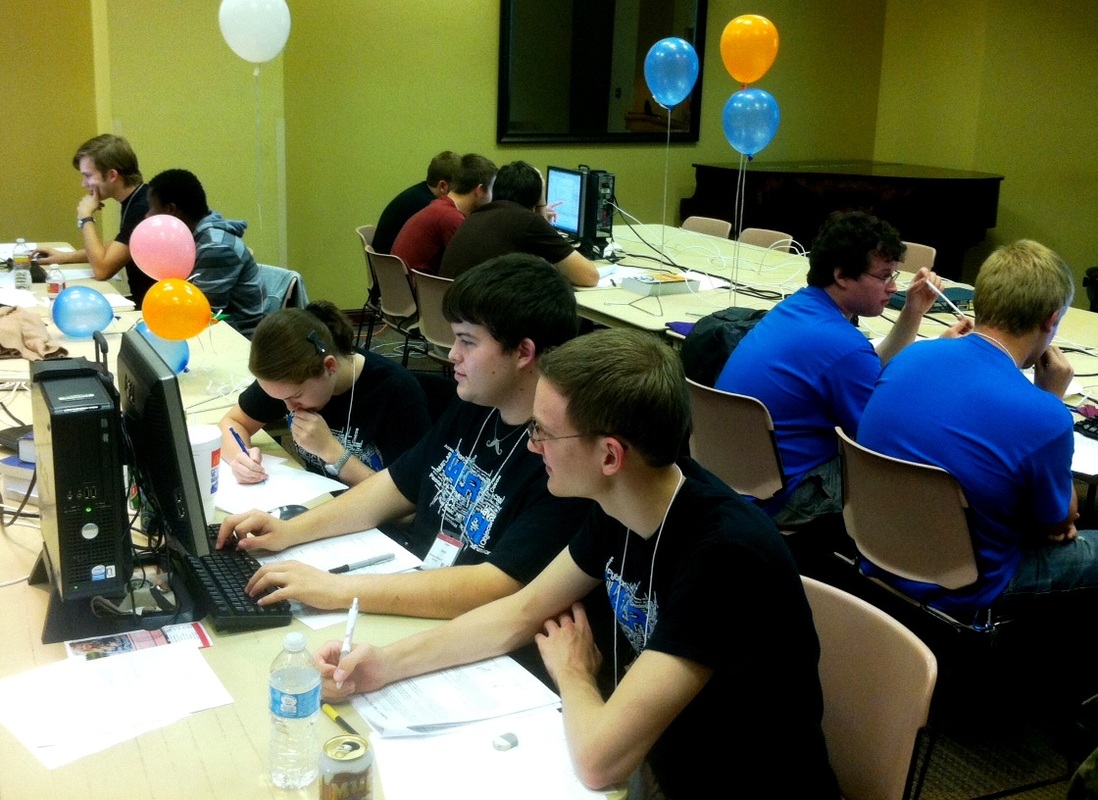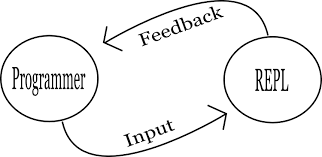11.132x Design and Development of Educational Technology - Assignment 2
1. Choose an existing learning intervention
Before I start any thing I had to realize what is learning Intervention ?
So I did a bit of Googliing -
".....When I think about “Learning Experiences,” I think of every situation someone finds themselves in as a learning experience. People have not traditionally used that phrase in relating to more formal learning interventions – i.e. classroom,.." - source - https://sites.google.com/a/adlnet.gov/future-learning-experience-project/project-updates/whatisalearningexperience
So I did a bit of Googliing -
".....When I think about “Learning Experiences,” I think of every situation someone finds themselves in as a learning experience. People have not traditionally used that phrase in relating to more formal learning interventions – i.e. classroom,.." - source - https://sites.google.com/a/adlnet.gov/future-learning-experience-project/project-updates/whatisalearningexperience
From these what I understood is Learning intervention is how you did your learning or how did you experience the learning in that method.Examples were given in the assignment were -educational game, a textbook, science lab, set of flash cards, etc. Even a driver’s manual or a learn-to-juggle video.
So my chosen learning intervention is the typical Lecture I had when I was a undergrad in the university - example taking the Lecture 1 of Programming.
Weak points in the intervention as it exists -
It is a typical boring lecture - we were passive learners. The lecturer was keep on talking with some slides on the projector.
We hardly understood what were the terms, or no clue of what is programing.
How to write How to debug or what is Object orient programming.. all were new and the explanation were very abstract
This not exactly the lecture but similar -
So my chosen learning intervention is the typical Lecture I had when I was a undergrad in the university - example taking the Lecture 1 of Programming.
Weak points in the intervention as it exists -
It is a typical boring lecture - we were passive learners. The lecturer was keep on talking with some slides on the projector.
We hardly understood what were the terms, or no clue of what is programing.
How to write How to debug or what is Object orient programming.. all were new and the explanation were very abstract
This not exactly the lecture but similar -
Make modifications or additions to the intervention that would improve these outcomes. Just be sure that those mods are grounded in educational theory or other proven methods.
This learning intervention of "Lecture " I would like to modify to a more active learning environment. The learning theory which support this is Constructnism by Seymour Papert
This learning intervention of "Lecture " I would like to modify to a more active learning environment. The learning theory which support this is Constructnism by Seymour Papert
Modifications I will add-
1. The class will be not just listening to what we hear. but actively participating by doing the coding in the lab.
2. Assign small group of students.
3. Ask them to type the codes - write codes - modify it
4. Use simulations - for example look at this video -
1. The class will be not just listening to what we hear. but actively participating by doing the coding in the lab.
2. Assign small group of students.
3. Ask them to type the codes - write codes - modify it
4. Use simulations - for example look at this video -
5. Not only that I would add small group work where they have to code or do a modification -
6. Not only with group work I will add a sharing part where every team get to know what other teams have done it and feedback process via a network of sharable files.
Proves-
The new modifications of doing group work and feedback mechanisms are proven success in many researches - see the MIT tech review states the evidence -http://tech.mit.edu/V130/N25/ohrt.html
The new modifications of doing group work and feedback mechanisms are proven success in many researches - see the MIT tech review states the evidence -http://tech.mit.edu/V130/N25/ohrt.html


